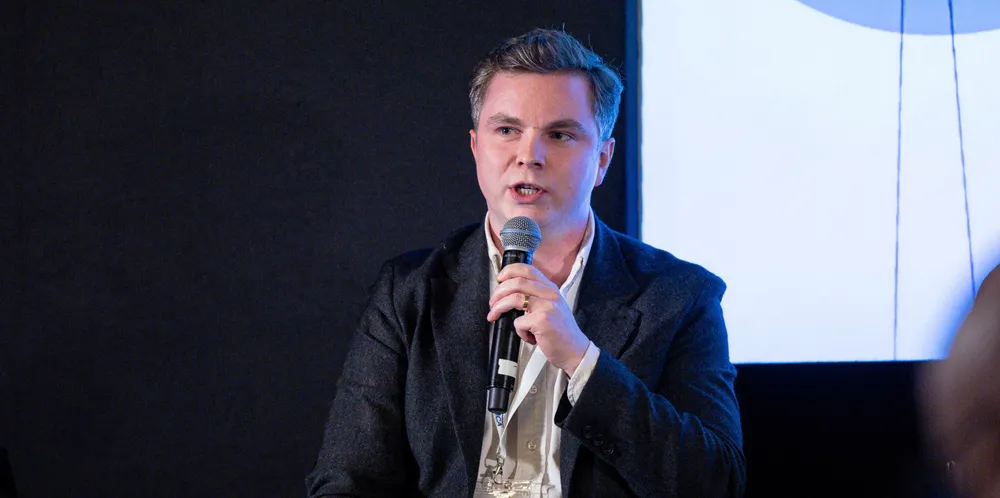Cost of insuring offshore wind 'doubled' amid heavy losses: leading broker
Losses being suffered by insurance providers said to have provoked ‘very sharp kneejerk reaction’ when it comes to pricing

Insurance providers have doubled the price of covering offshore wind projects after taking heavy losses in recent years, according to one broker, who set out what developers and the industry can do to bring costs back down.
Insurance has become “more expensive and difficult to procure” in offshore wind, said Robert Bates, head of claims at energy and infrastructure broker NARDAC.
The main reason is that insurers are “taking in less money in premium than they are paying out in claims.”
“For offshore wind in particular,” he said that “probably for every dollar they are taking in in premium they are paying away a dollar twenty, dollar thirty.”
This is particularly the case when it comes to the construction of projects, he said.
Bates spoke on a panel on how to facilitate more collaboration in the offshore industry. That was part of an event hosted by the International Marine Contractors Association, which has just released a new standard contract for offshore wind that it says ensures a fairer allocation of risk.
There are “other factors at play,” said Bates, such as an increase in risk profile caused by larger turbines, larger cables and longer lead times for replacement components. There have also been large claims around the world in other sectors, such as property in the US, while the cost of capital has increased.
This has altogether resulted in a reduced supply of insurance, said Bates. "Fewer insurers are providing cover, and fewer still are willing to give as much as was on offer before".
There had also been long-held concern around the “price adequacy” of policies for offshore wind, which had given “quite broad coverage, similar to oil and gas,” but with much lower rates.
“What we have had is a very, very sharp kneejerk reaction from the insurance market," which has been over the course of several years to "double the rates they charge and double the deductibles they levy on contractors and owners.”
Offshore wind is still an attractive market for insurers and there are many still looking at moving into it, said Bates. But with lots of big claims out there that insurers are still “feeling the pain on,” he cautioned that “this will take time.”
“It will be a fairly slow and difficult six to twelve months.”
On how companies can weather this difficult period, Bates said that getting third-party testimony from marine warranty surveyors or other experts on the quality of work being carried out is a “really good way to unlock better coverage.”
Damage to cables is the biggest single cause of offshore wind claims, according to German insurance giant Allianz. Bates said that third-party testimony that the cables being used are adequate for the project is one way of getting insurance providers to stop excluding them from coverage.
He said there also needs to be “more focus” on standards, guidelines and training, adding that the renewables sector generally has been “reluctant to take up lessons from oil and gas” in this regard.
But these standards could be “usefully imported” into renewables. This would “comfort” the people writing these policies, “and then I would be able to get you a better price.”
(Copyright)